In the 910 days Natalia Stachowiak has been locked up in a Panamanian prison for international drug trafficking, she’s had $13 manicure-pedicures, $10 massages, and a $6 blow-dry and style.

The 21-year-old Edmontonian, one of the youngest inmates at Centro Femenino de Rehabilitación, also placed second in a prison beauty pageant.
She shared the small victory on social media using a contraband cellphone, which costs her about $30 a month in data.
Stachowiak is one of the more financially fortunate inmates. She gets American money wired to her from family back home, then smuggled into the prison by Panamanians who take a 15 per cent cut of the cash. It pays for everything from her cellphone and phone cards to food, toilet paper and soap — unless you trust the wrong person as a go-between, and get nothing. The low Canadian dollar has affected even this prison economy: her family now has to send roughly $160 CAD for her to receive $100 US.
RAW VIDEO: What it looks like to get your hair and nails done in a Panamanian prison

Surreal as the situation may seem, she’s not alone in her predicament.
Stachowiak is serving her sentence of six years and eight months alongside two other Canadians. All three are detained for drug trafficking.
An August 2013 airport arrest landed her at the roughly 1,000-person prison, where she quickly became friends with Christina Jocko.
Jocko, a 27-year-old Calgarian, has been there since July 2012 when she tried to bring cocaine into Canada. She was sentenced to nine years and two months in jail.
Both women are desperate to come home. They want to be closer to family and out on parole — neither of which are a possibility if they stay in Panama.
They’re just two of 273 Canadians incarcerated abroad who have applied to serve out their sentences in Canada and are anxiously awaiting a decision on their fate from the federal government.
READ MORE: Not enough being done to help hundreds of Canadians detained abroad, lawyers argue
The latest Canadian addition, Samantha Chavarria Escobar, is still waiting for her day in court. The 19-year-old Quebec woman can’t begin her transfer application until that happens.
For now, it’s all about celebrating the little victories: like moving up from sleeping on the prison floor to a shared bunk.
‘More like a bootcamp’
The prison is subdivided into 10 houses. It doesn’t really seem like a jail, Stachowiak admitted. Her first impression was that “it was more like a bootcamp” – albeit with a very colourful cast of characters.
“There’s old grandmas here, a blind lady. They have everything,” Stachowiak said.
https://www.instagram.com/p/2TQgoZD-7_/
The women hail from all over the world, but mostly from surrounding countries like Colombia, Peru and Jamaica.
“It’s like an unspoken rule that us foreigners stick together, especially if you speak English,” said Jocko.
The local inmates control the prison, she added.
“All the robberies, riots and knife fights are from the Panamanians.”
Social media doesn’t show you the full picture
RAW VIDEO: An unfiltered look inside the prison

Stachowiak spent the first couple of years of her six-year, eight-month sentence sleeping on a hard prison floor.
“I remember feeling mice crawl up my back at night.”
https://www.instagram.com/p/rCvUeCj-_p/
Things can get violent between the inmates, as well. Jocko has been attacked by other prisoners who’ve tried to rob her before. She now has what she calls a “bashing rock,” hidden for protection.

Get breaking National news
RAW VIDEO: Christina Jocko shows us a few of her prison home essentials, including her multi-purpose “bashing rock”

Stachowiak knows of a few attempted suicides.
“A few girls tried hanging themselves from a tree, bathroom stall. More frequently girls tend to cut their wrists when they feel they can’t handle it anymore. The last Canadian who was here had done that along with many other girls.”
Prison riots
Stachowiak explained that the attempted suicides and mistreatment of prisoners is usually what sparks dangerous riots by the Panamanians in the prison.
A couple of them started in what’s called “the maxima,” which Stachowiak described as a place for women who are “misbehaving.”
“A while ago there was a woman who was really sick. They called an ambulance for her, and the ambulance didn’t show up and the girl ended up dying in the maxima, so that started a riot.”
Global News reached out to the Canadian embassy in Panama to discuss these allegations but did not receive a response.
Stachowiak described the riots as sheer “chaos.”
“The guards basically … run away,” she said.
‘If you’re going to survive in these prisons, you have to have money’
Edmonton defence attorney Dennis Edney worked on one of the best-known cases of a Canadian detained abroad: he’s the lawyer for Omar Khadr, the Toronto-born man who spent more than a decade in Guantanamo Bay before being transferred to Canada to serve out the remainder of his sentence.
But he’s also been contacted to help Canadians incarcerated in Peru in what he describes as “hellish” conditions.
“If you’re going to survive in these prisons,” he said, “you have to have money.”
“In Peru, if you don’t have money, you can only sleep out in the main yard where gang fights take place all the time and your chance of living is quite minimal.”
“If you want to sleep in a hallway within the prison, you have to pay for that. And should you have the money to pay for a cell, which is exorbitant, you have to pay for that too. In addition, you have to pay for your own food.”
Stachowiak pays about $80 a month for food at the Panamanian prison.
RAW VIDEO: Here’s what Natalia Stachowiak and Christina Jocko eat in the Panamanian prison

Here’s a closer look at how the Panamanian prison costs break down:
Trusting the wrong people landed Stachowiak in jail
This all began for Stachowiak when she was 18 and fresh out of high school.
Two guys she knew from the Edmonton club scene offered her a free round trip to Panama, a hotel stay and $3,000 if she would bring back two suitcases of cash to Canada.
She said she took them at their word when they told her everything was above-board; the worst that could happen, they claimed, was the money would be seized at the airport.
Photos she posted to Facebook show her enjoying what was supposed to be a five-day stay.
Everything changed at the airport before her flight home. Stachowiak was pulled out of the security line to have her bags searched.
“Literally up until the time they opened it up,” she said, “I was expecting to see money.”
Instead, six bags of drugs were found built in one suitcase, and five in the other. The combined value of the 3.6 kilos of cocaine was an estimated $400,000.
RAW VIDEO: Natalia explains how it all started and why she trusted the men

Stachowiak said she was “honestly contemplating suicide” when she was first detained.
A parent’s worst fears
When her mom, Iska Stachowiak, got the phone call in the middle of the night from the Canadian embassy in Panama, she feared her daughter was either dead or kidnapped.
“All kinds of thoughts are running through your head. ‘What’s happening with your child?'”
The former honours student had never been in trouble before – not so much as a speeding ticket, her mom said.
She and her husband had let their daughter go on the last-minute trip to Panama because she’d always been a free spirit and told them she had the money for it.
They never imagined this outcome. Nor did they expect to navigate a foreign legal system. Their first brush with it was a man who identified himself as a Panamanian lawyer and asked them for $40,000 to “speed things up” for their daughter, then dropped his demand to $25,000.
The country requires the use of a local lawyer. The one the family eventually hired (for $4,000) advised Stachowiak to plead guilty to get a reduced sentence.
So she did.
“Natalia definitely isn’t a criminal,” her father, Victor Stachwiak, said. “She made a mistake trusting the wrong people.”
‘Prison saved my life,’ says Jocko
As dire as the situation can sometimes be, Jocko and Stachowiak have become a source of comfort for each other. For Jocko specifically, the experience has also been “a serious reality check.”
The Calgarian started smoking marijuana when she was 12. By 16 she had moved onto ecstasy, then pretty much “every drug you can think of. Mushrooms, acid, meth, coke.”
“I’d say I was a recreational user until I started using opiates. Oxycontin and fentynyl, to be exact.”
She went from living on her own, paying her bills, saving money and buying a car to suddenly not being able to support herself.
“Once I started to heavily use in 2010, I couldn’t hold a job. Maxed out my credit cards. Eventually moved back home. That was near the end of 2011.”
In 2012, a friend introduced her to “some Colombians,” who wanted her to smuggle cocaine into Canada for them.
They assured her the drug would be “undetectable and that it wasn’t even in powder form.”
They paid for her trip and promised her $11,000 upon her return to Calgary.
“I was planning on going into treatment when I got back.”
But she admits that was probably an unrealistic goal.
“With all that money and drugs, I really don’t think I would’ve made it. …
“I’m forever grateful that things turned out the way they did. Prison saved my life. I truly believe I’d be dead if I didn’t come or if I had made it back home.”
“Coming here completely opened my eyes. … I was very materialistic before. This place has humbled me tremendously. It gave me a chance to really get to know myself. What my values are and what happiness is to me.”
https://www.instagram.com/p/4nHQfbD-9C/
She plans to writes a book when she eventually gets out, and hopes to study counselling and addiction.
“I really, really want to help people come out of their mental prisons and help people realize their true potential.”
RAW VIDEO: Christina Jocko talks about her plans for the future

She also wants to ensure others don’t repeat her mistakes.
“I hate to say it,” Jocko added, “but drug trafficking is more popular than the public perceives it to be.
“I really do worry about future Canadians who will end up here.”
In part two of our feature, we delve into the legal complications faced by Canadians detained abroad, and explain why lawyers believe the system needs to change. We also detail the experiences of a Quebec resident who got out of this same Panamanian prison.



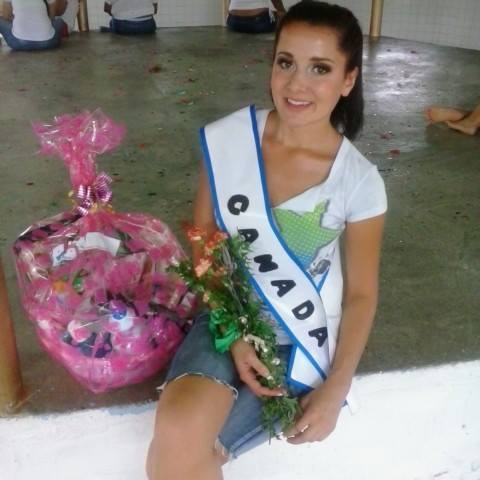

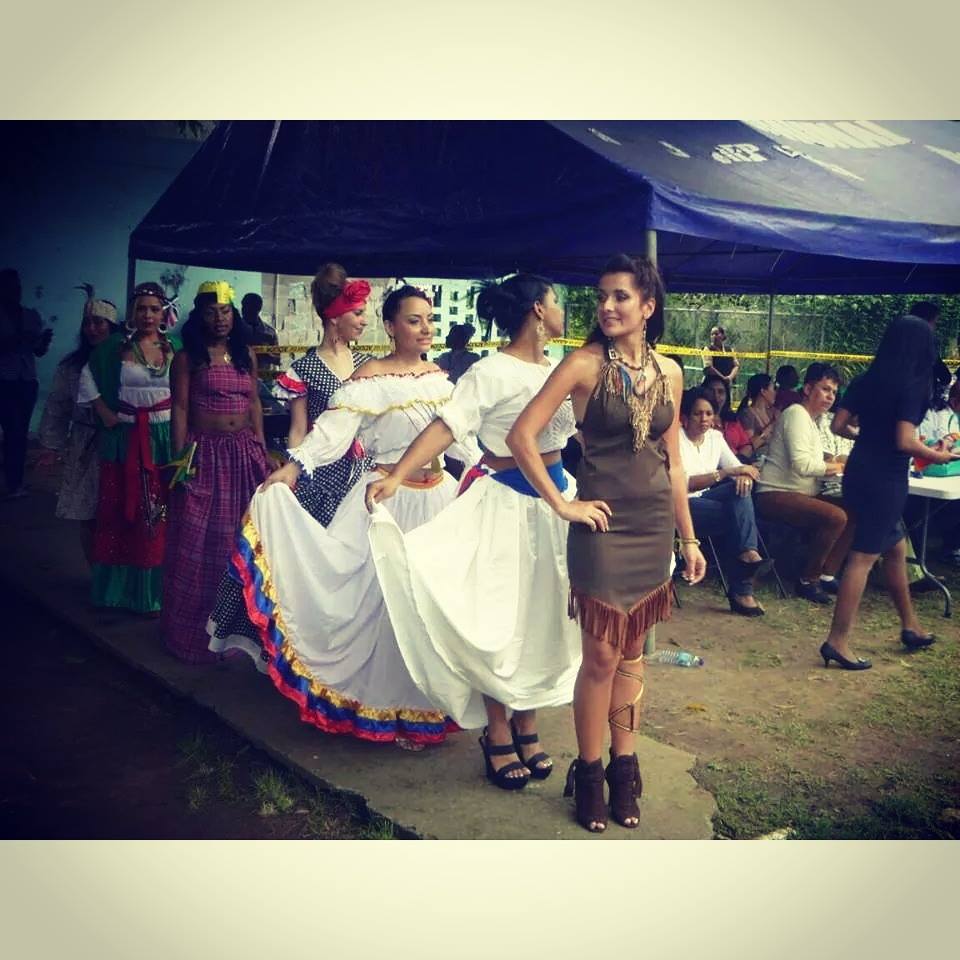

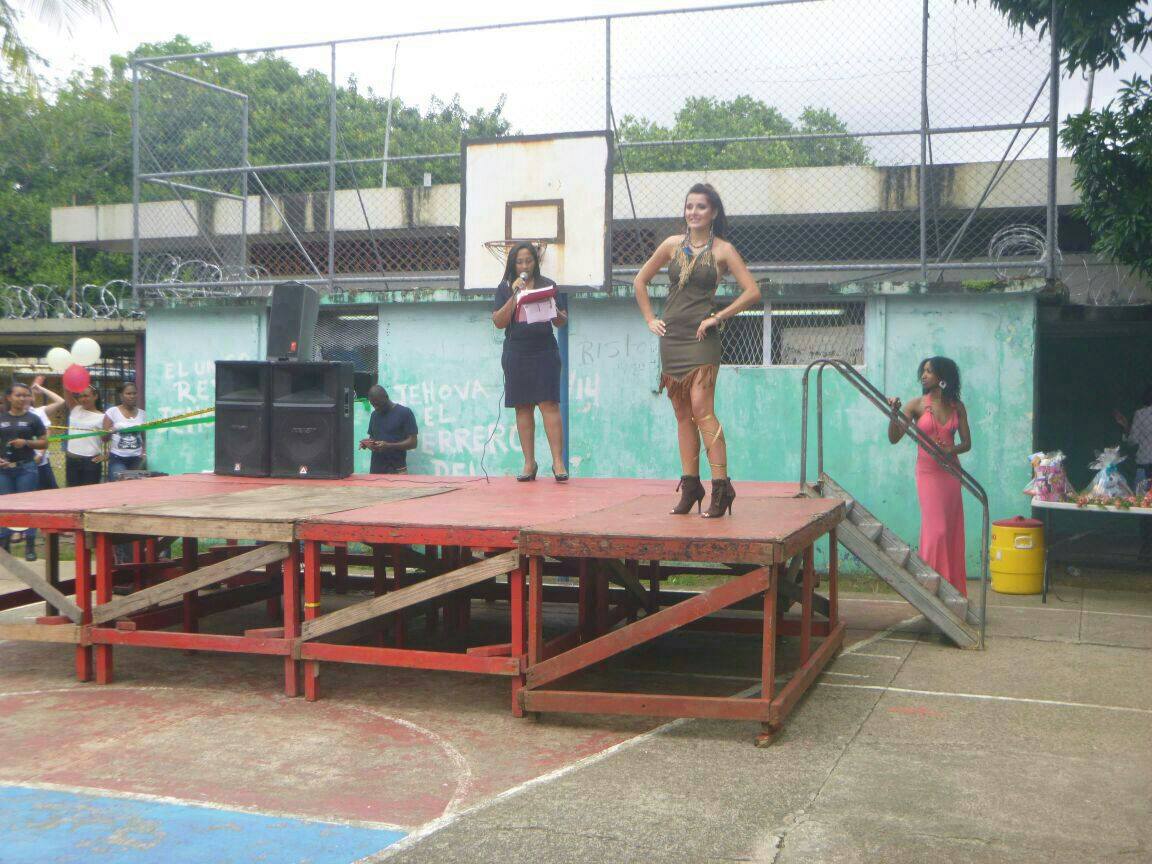

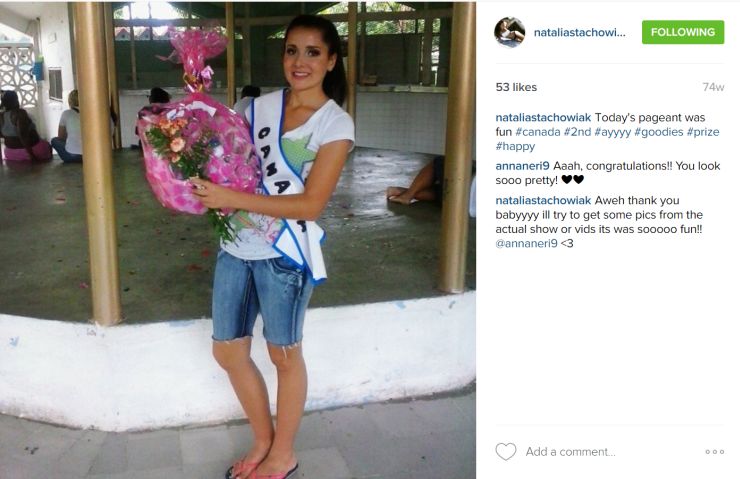

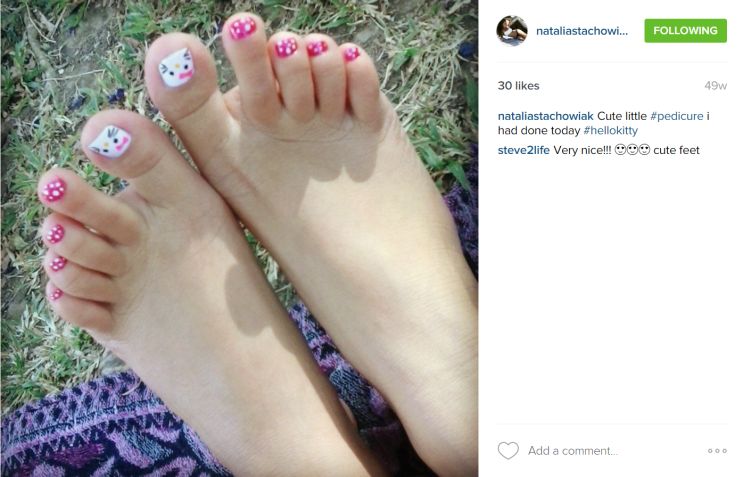



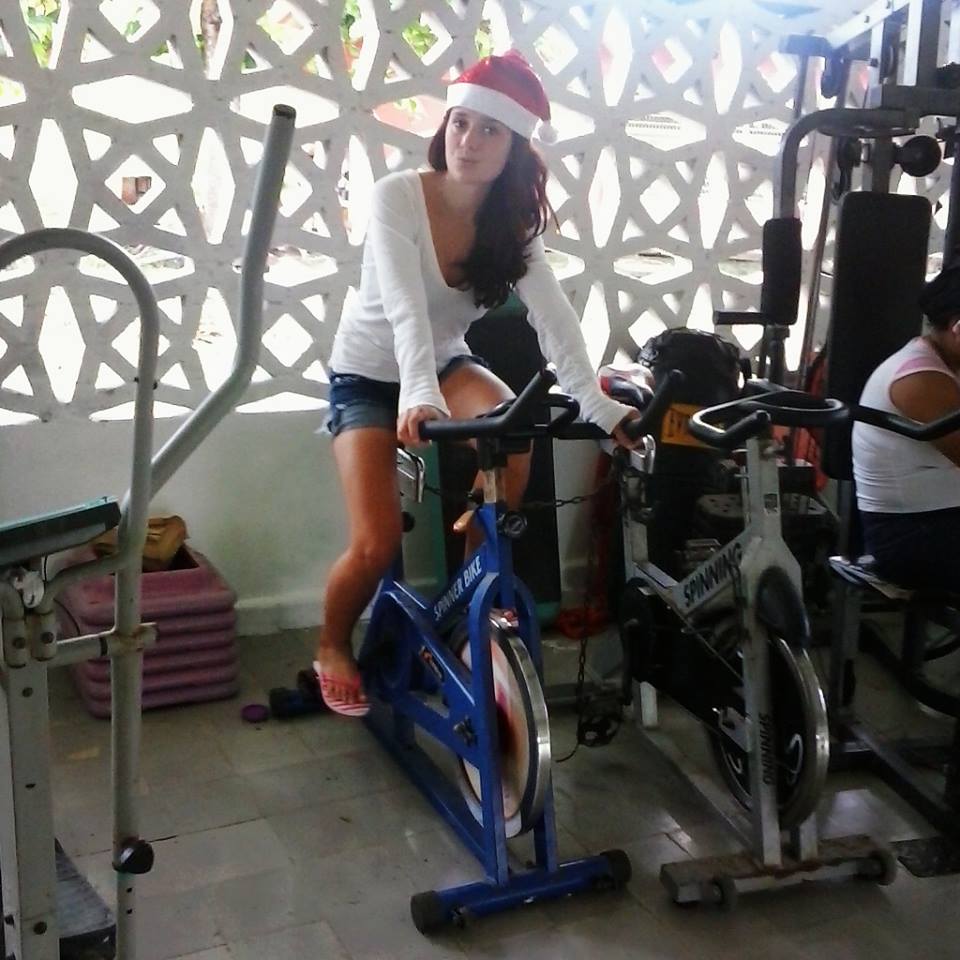

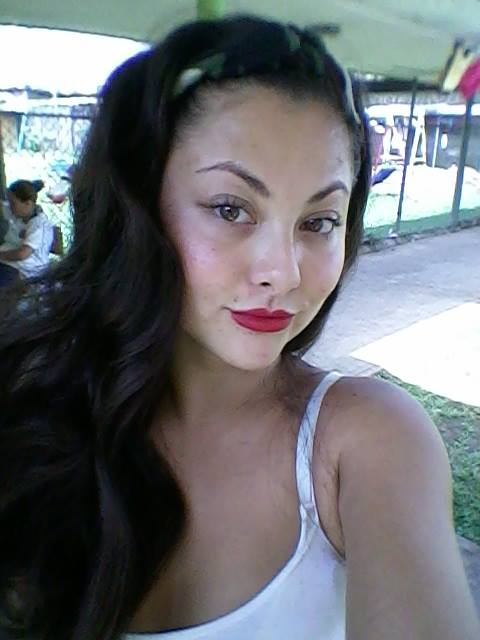
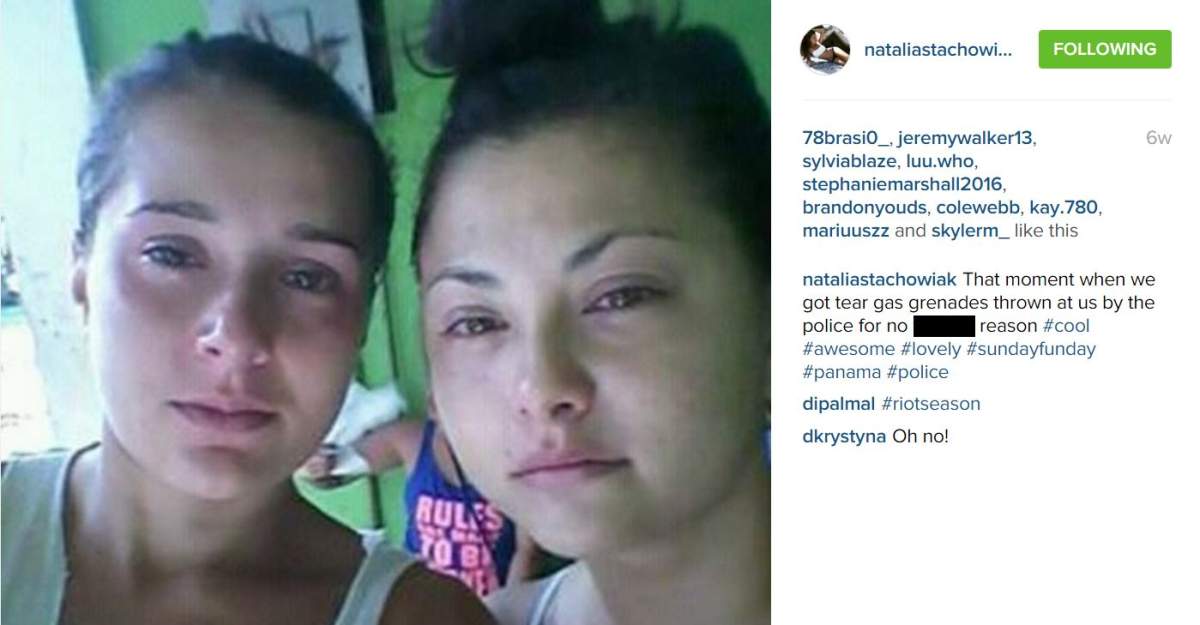
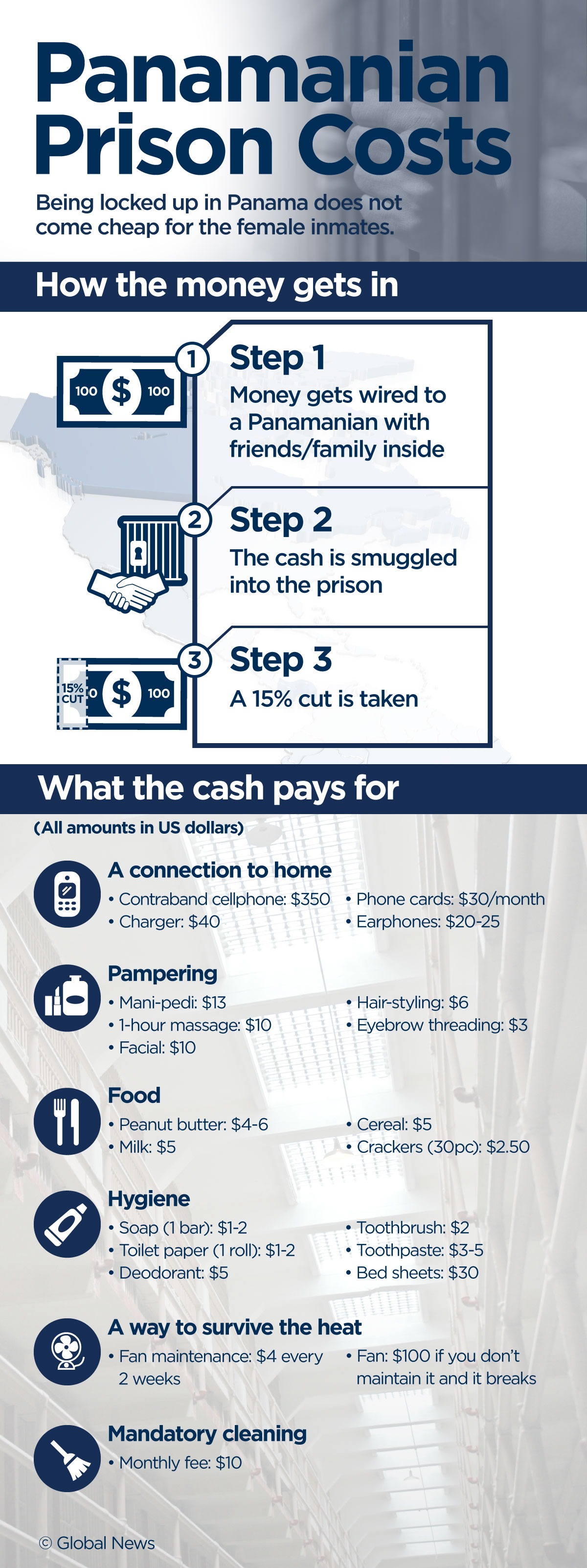





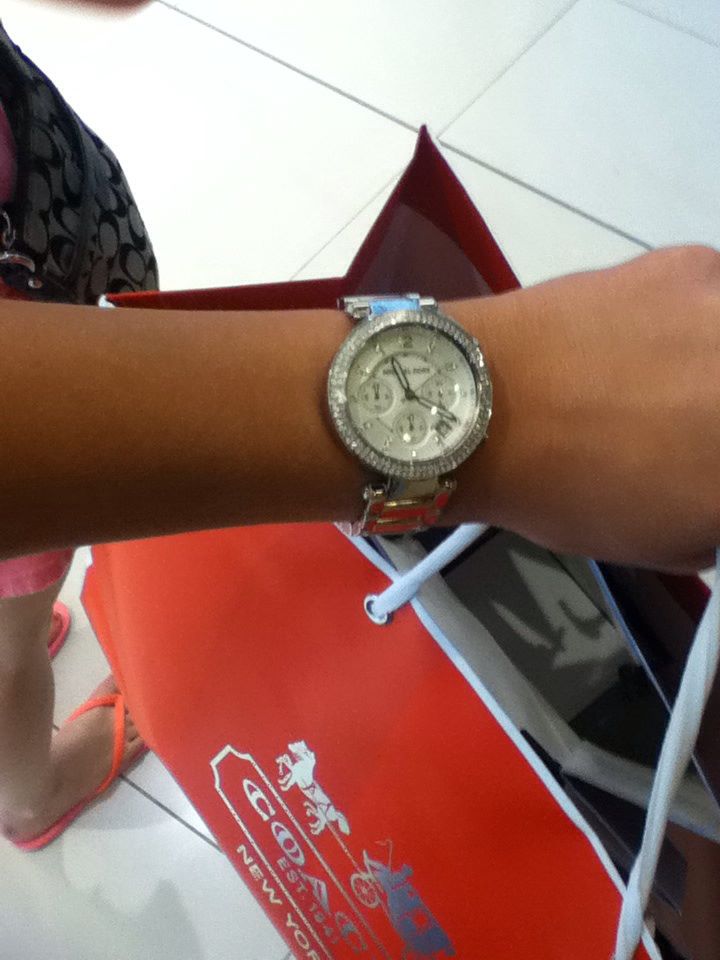

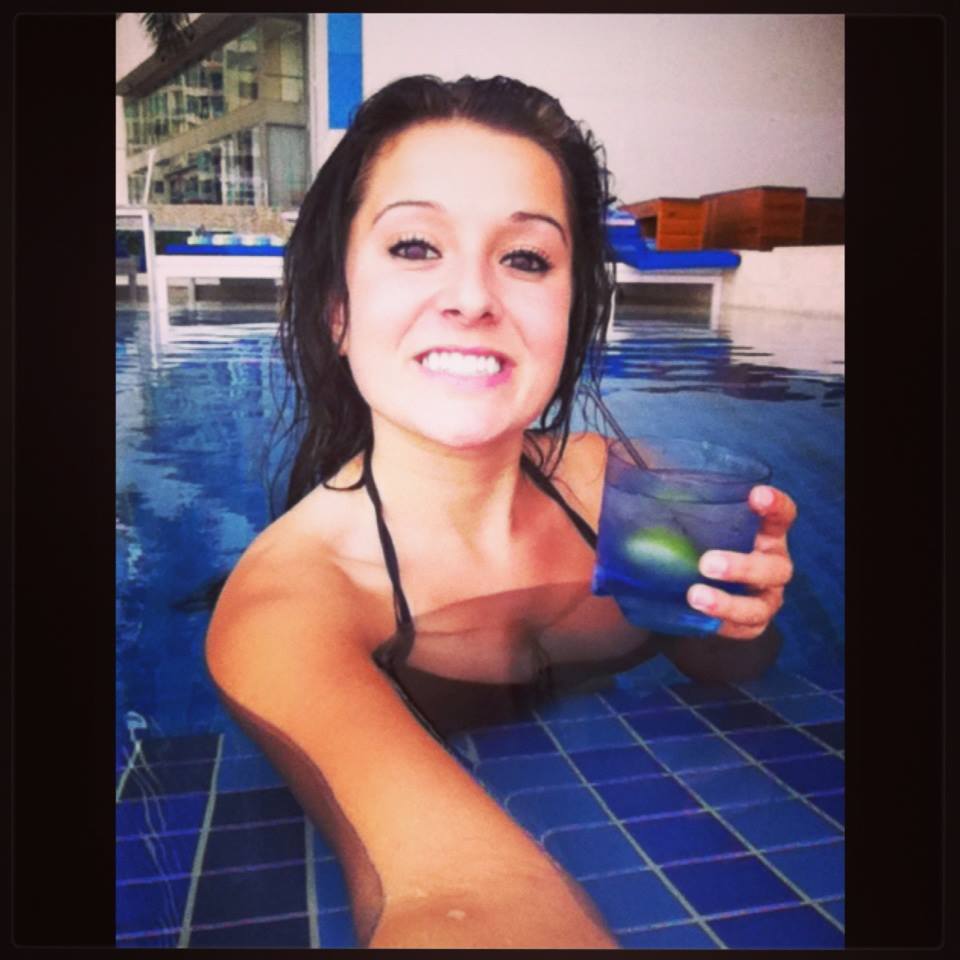

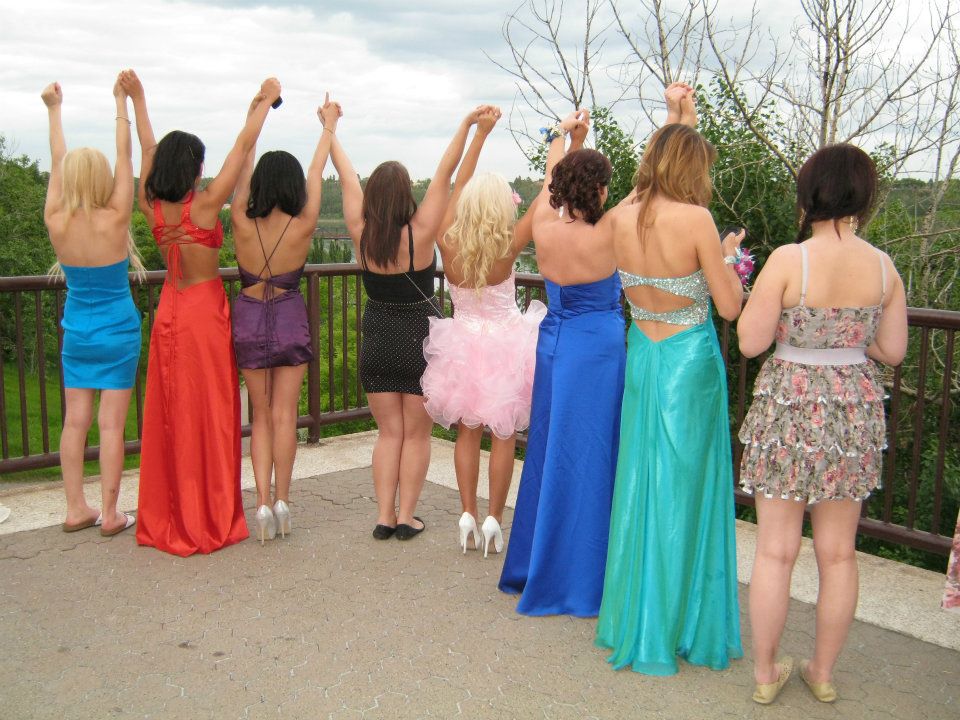

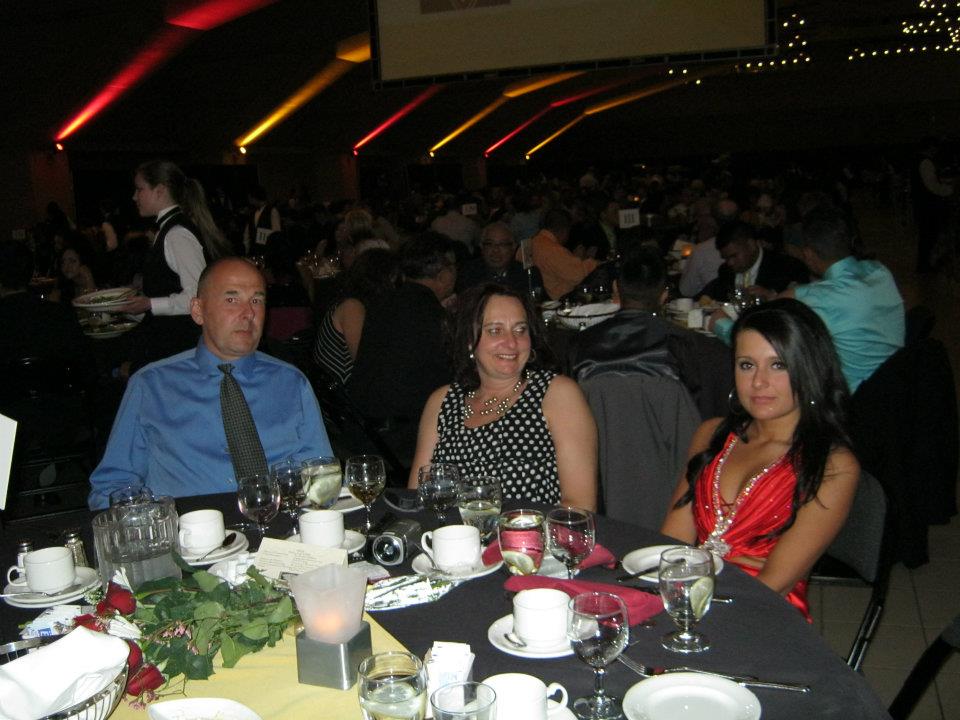
Comments